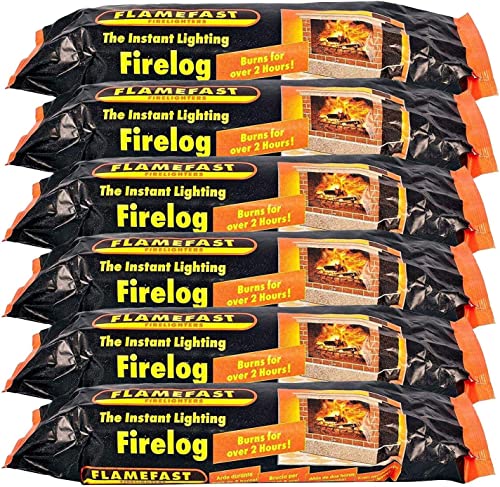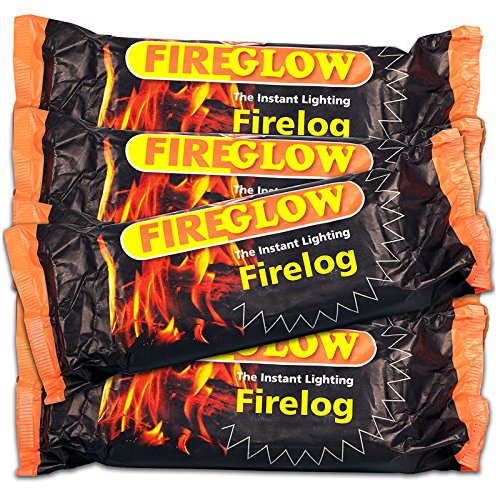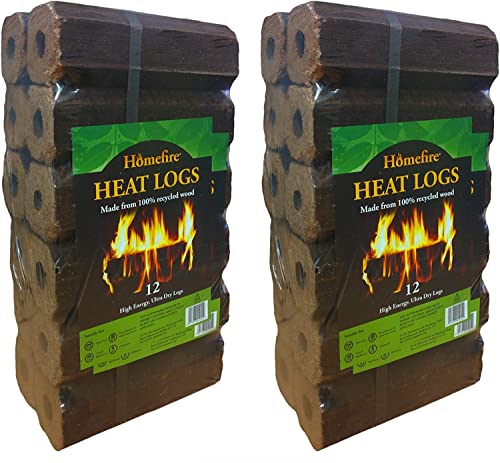Fireplaces and wood-burning stoves have long been cherished features in homes, providing warmth, comfort, and a cozy ambiance. However, not all firewood is created equal. The choice of firewood can dramatically affect heating efficiency, smoke production, and ease of use. One such option is kiln-dried hardwood logs, which have become increasingly popular in recent years. This guide explores everything you need to know about kiln-dried hardwood logs, their benefits, and considerations when purchasing them.
What are Kiln-Dried Hardwood Logs?
Kiln-dried hardwood logs are logs that have been dried in a controlled environment, usually in a commercial kiln. This method of drying ensures that the moisture content of the wood is reduced significantly—often to below 20%. This low moisture content allows the wood to burn more efficiently compared to seasoned wood that might still contain higher moisture levels.
The Process of Kiln Drying
The kiln drying process involves several key steps:
-
Harvesting: Freshly cut hardwood logs are obtained, typically from tree species such as oak, ash, or maple.
-
Cutting and Splitting: The logs are cut into manageable lengths and split to help them dry more evenly.
-
Kiln Drying: The logs are placed in a kiln where controlled heat and airflow remove moisture. This may take anywhere from a few hours to several days, depending on the wood's thickness and the desired moisture level.
-
Cooling and Packaging: After drying, the logs are allowed to cool and are then packaged for sale.
Benefits of Kiln-Dried Hardwood Logs
Choosing kiln-dried hardwood logs offers several advantages, making them a preferred option for many homeowners. Below are the key benefits:
-
Low Moisture Content: As previously mentioned, kiln-dried logs typically have a moisture content below 20%, which results in:
- More efficient burning
- Higher heat output
- Less smoke and creosote buildup in chimneys
-
Consistent Quality: Unlike seasoned wood, which can vary greatly in moisture content and quality based on external factors, kiln-dried logs offer a consistent product.
-
Ready to Use: Kiln-dried hardwood logs are ready to burn immediately, eliminating the waiting time associated with traditional seasoning methods.
-
Reduced Emissions: Since kiln-dried wood burns cleaner, it produces less pollution, contributing to better air quality and easier compliance with local regulations.
-
Pest-Free: The high temperatures used in the kiln drying process kill pests and larvae, ensuring that the wood is free from infestations.
Table: Comparison of Kiln-Dried and Seasoned Firewood
| Feature | Kiln-Dried Hardwood Logs | Seasoned Firewood |
|---|---|---|
| Moisture Content | Below 20% | Varies (typically 20%-40%) |
| Burning Efficiency | High | Moderate |
| Smoke Production | Low | Moderate to High |
| Preparation Time | Instant | Several months |
| Pest Control | Yes | Not guaranteed |
| Cost | Generally higher | Usually lower |
Considerations When Purchasing Kiln-Dried Hardwood Logs
While kiln-dried hardwood logs provide numerous benefits, consumers should keep in mind a few considerations when purchasing them:
-
Source of Logs: Ensure that the logs are sourced from reputable suppliers. Look for certifications that indicate high standards in the drying process.
-
Types of Wood: Different hardwoods produce varying amounts of heat and burn characteristics. Common hardwoods include:
- Oak: Produces a high heat output and burns slowly, ideal for long-lasting fires.
- Maple: Offers a good balance of heat and burn time, with a pleasant aroma.
- Beech: Burns well and produces minimal smoke.
-
Storage: Even kiln-dried logs need to be stored properly to maintain their moisture content. Keep them in a dry, well-ventilated area away from the ground.
-
Pricing: Kiln-dried logs tend to be priced higher than seasoned wood due to the controlled drying process and consistent quality. Weigh the benefits against your budget.
Frequently Asked Questions (FAQs)
Q1: Can I mix kiln-dried logs with seasoned wood?
A1: Yes, you can mix kiln-dried logs with seasoned wood. However, it’s recommended to use kiln-dried wood primarily for the best burning efficiency.
Q2: How long do kiln-dried logs last?
A2: Properly stored kiln-dried logs can last for several seasons. However, they should be kept dry and protected from moisture.
Q3: Is it safe to use kiln-dried logs in outdoor fire pits?
A3: Yes, kiln-dried logs can be safely used in outdoor fire pits, providing a clean and efficient burn.
Q4: Do kiln-dried logs produce less smoke?
A4: Yes, kiln-dried logs produce significantly less smoke compared to higher moisture content wood, making them a cleaner option for indoor and outdoor use.
Q5: Where can I purchase kiln-dried hardwood logs?
A5: Kiln-dried hardwood logs can be purchased from home improvement stores, specialty wood suppliers, or online retailers.
Kiln-dried hardwood logs are a superior choice for homeowners looking for efficient, clean, and reliable firewood options. With low moisture content, consistent quality, and reduced emissions, these logs offer an enjoyable burning experience that enhances the comfort of any fireplace or wood stove. By considering the factors outlined in this article, consumers can make informed decisions and fully enjoy the benefits of kiln-dried hardwood logs.






